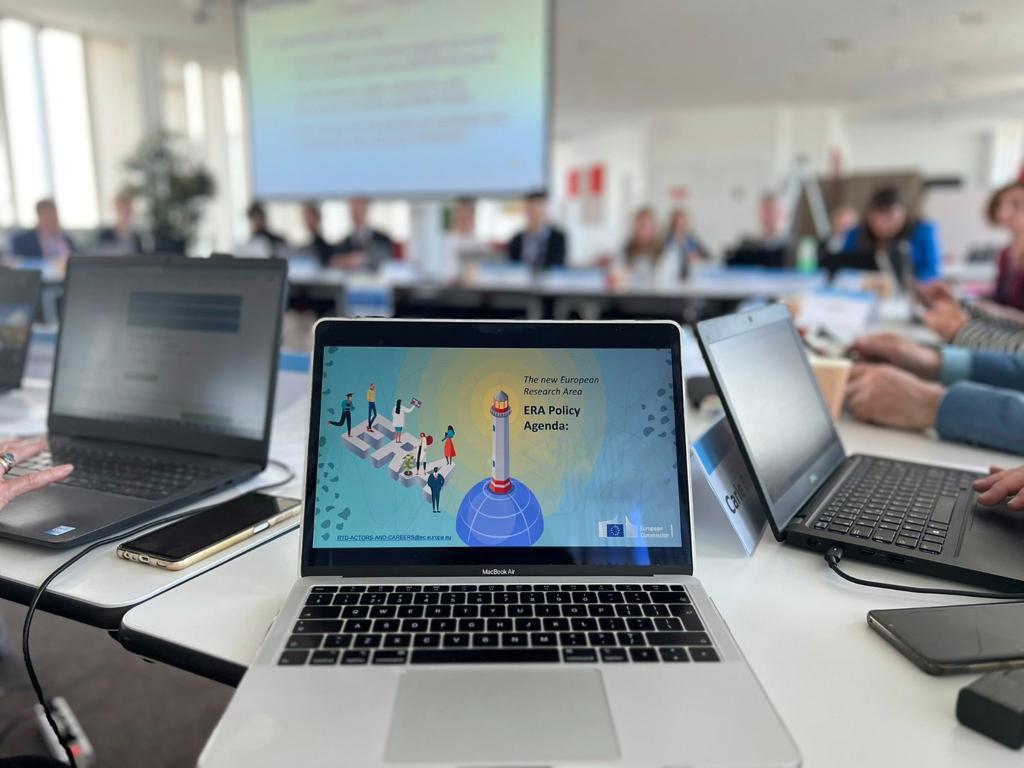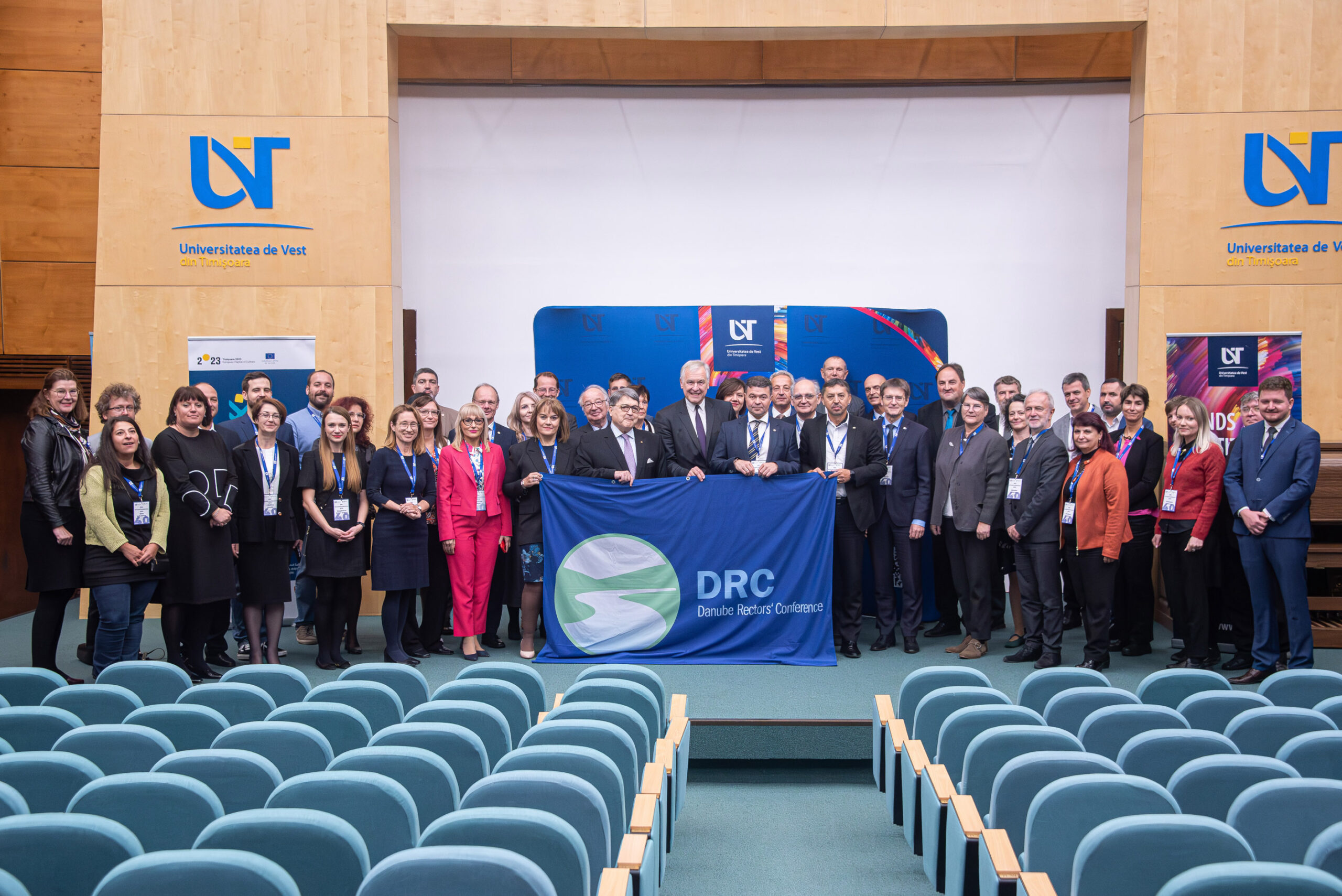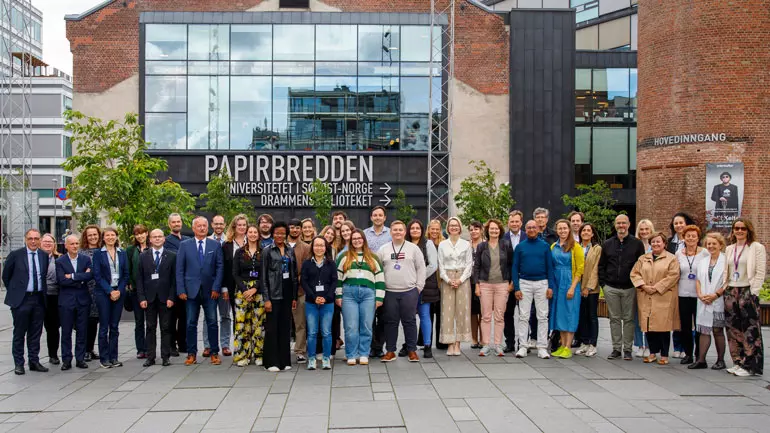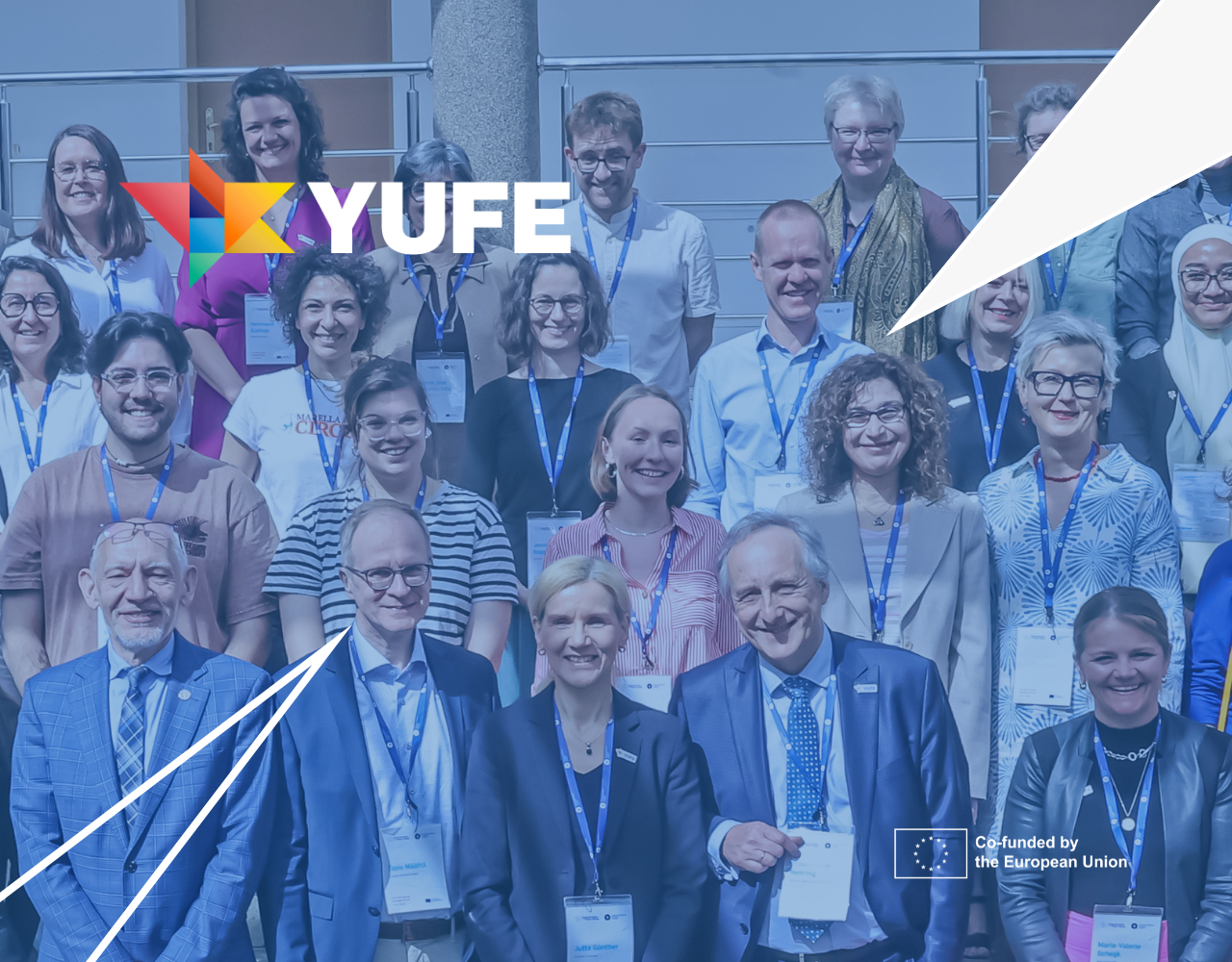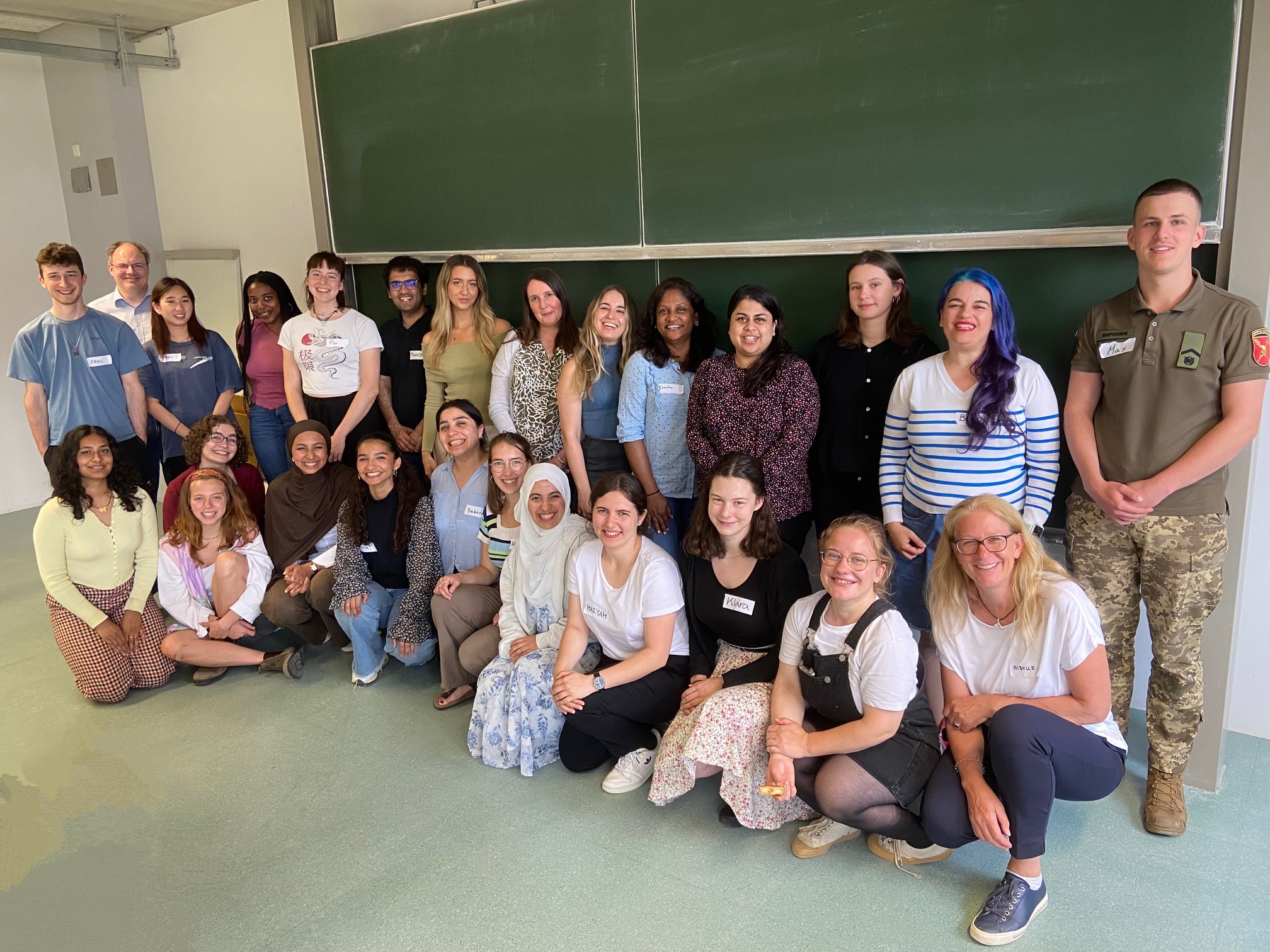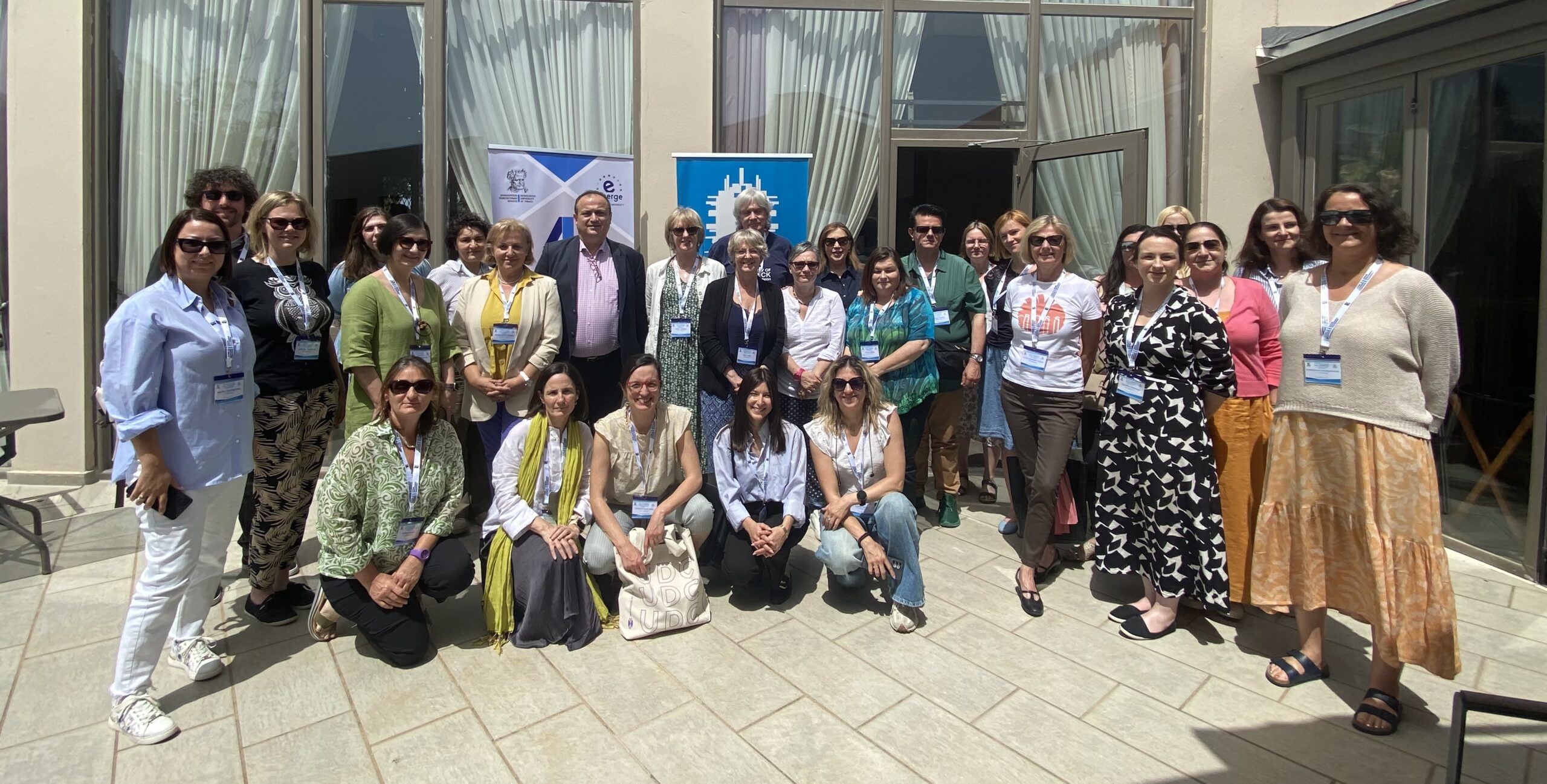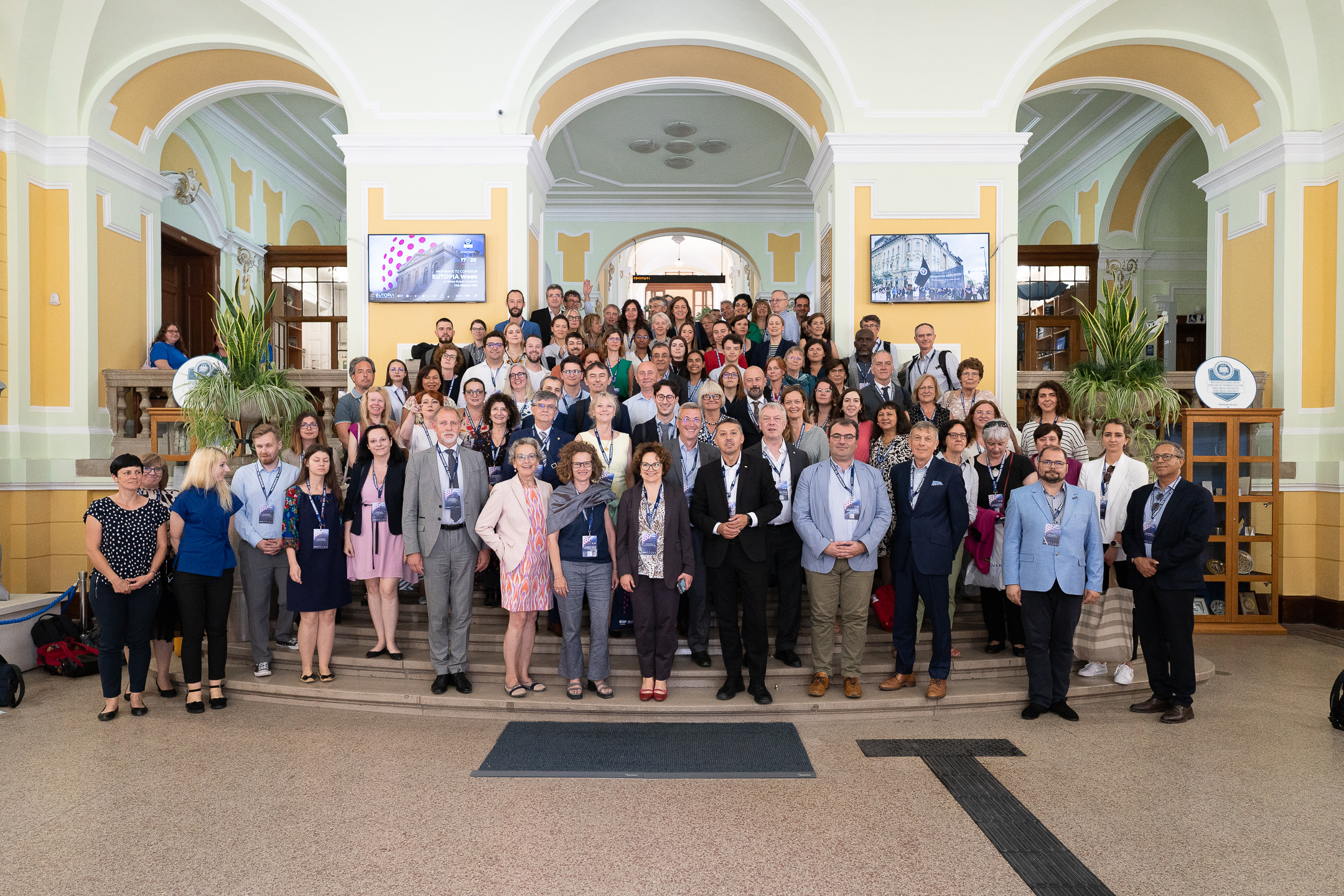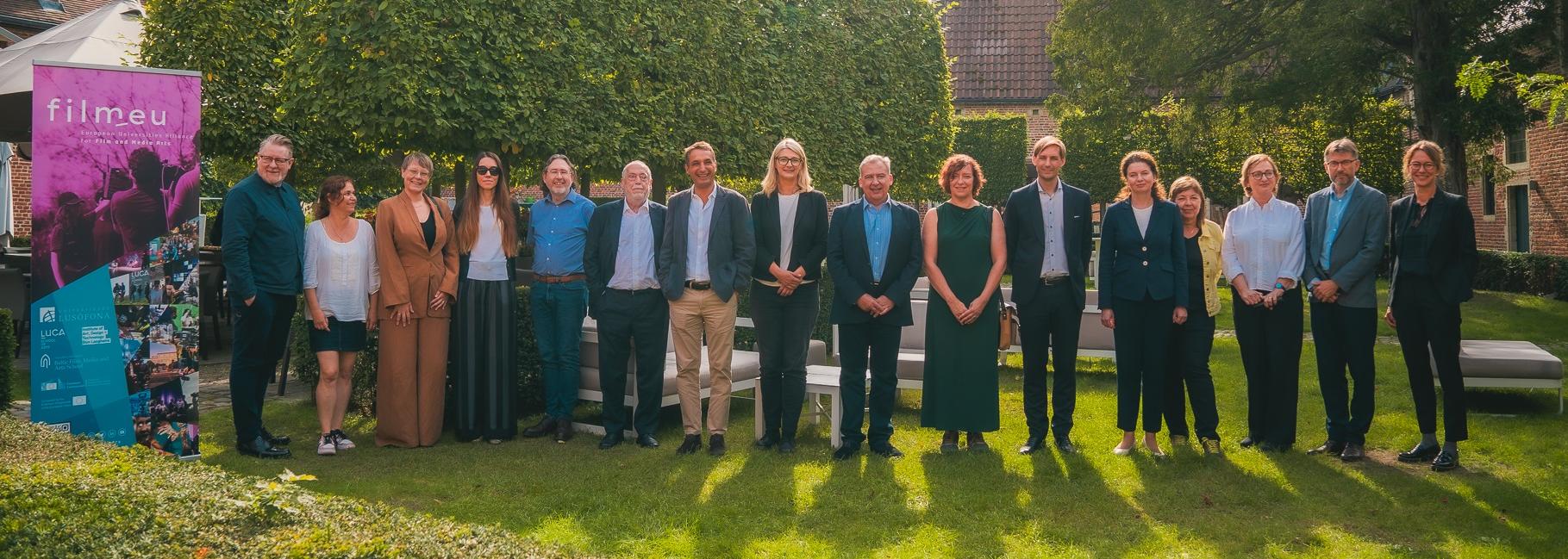Ahead of the upcoming ERA Forum on 25 May, when a gaps analysis of the ERA will be discussed, YERUN would like to share its reflections on the process so far, on its implications from a stakeholder perspective, and on some aspects to consider for the future of the ERA.
YERUN would first like to highlight the benefits that this process has brought to our network, and possibly to the R&I sector more broadly. The ERA Forum has:
- Allowed for a democratisation of the decision-making process. By allowing new players around the table, the new ERA Forum has given new voices the opportunity to be heard and new perspectives to be considered. Being a young network representing young research universities, this has been highly valuable.
- Increased the accountability of Member States vis-à-vis their constituencies and opened a channel for mutual dialogue. By allowing stakeholders to participate in the ERA Forum meetings and actively engage with the Member States, the ERA Forum has brought more transparency and accountability on how decisions are taken also at Member States level, and on how they co-shape the EU level. This new channel of communication fosters fruitful exchanges between stakeholders and Member States that are often missing at the national level.
- Fostered collaboration among stakeholders. Over the past months, the university sector has demonstrated an impressive capacity of coordination and of representation in the ERA Forum. With many ambitious Actions on the table, university networks have coordinated their participation in the different activities in such a way that all the Actions that passed the threshold are being implemented taking into consideration the university perspective.
“We appreciate the work of the ERA Forum and the constructive and inclusive approach adopted so far, and encourage Commission and Member States to continue in this direction in the future.”
Against this positive background and in view of the discussions of the ERA Forum on 25 May, YERUN would also like to point out several issues to keep in consideration for the future developments of the ERA Forum and for the next ERA Policy Agenda.
.
ERA Actions should be structured under ERA Pillars allowing for concrete, time-bound initiatives within longer-term commitments
The current list of ERA Actions lacks structure and covers very different types of initiatives with varying levels of ambition, focus, timelines, levels of implementation and outputs. For the next ERA Policy Agenda, YERUN invites reflection on the restructuring of the ERA Forum’s work around a smaller number of ERA Pillars deserving long-lasting commitment (for instance: on principles & values; careers; research infrastructures, etc). Thematic actions tackling challenges not related to the establishment, functioning and strengthening of the ERA itself (channelling R&I for other policy aims, such as Climate Change) should be grouped in a dedicated, challenge-based pillar.
Actions should be conceived as time-bound, task-driven initiatives with pre-defined criteria for success. Actions should aim at fulfilling part of the overall, long-term ambitions of one or several Pillars. On the other hand, pillars should ensure continuity on structural issues. Responsibilities depending on levels of implementation (institutional, regional, national, European…) should be specified as clearly as possible.
Extra-efforts should be invested in improving engagement and cooperation between national authorities and their universities/RPOs for the purposes of implementing ERA Actions. Despite welcome developments in certain Member States, routine and constructive engagement between national authorities and the sector remains too rare in several national contexts.
.
The commitment and implementation process could be better streamlined
The ‘threshold system’ applied to decide which Actions would kick-off has created confusion: while stakeholders have expressed their commitment to the various Actions in one go (see YERUN’s commitment), some Member States have been changing positions over time. Some Actions that initially did not pass the threshold (meaning, at least half of the Member States committing to them), were then initiated at a later stage. This uncertainty on which Actions would kick-off has made it difficult to plan accordingly and to allocate resources to work on the Actions. This aspect could be streamlined in the next Policy agenda, in such a way that Member States express their commitment first and then stakeholders commit based on these ‘pre-agreed’ Actions.
The system of chairs / co-chairs / sponsors / subgroups etc. could be reconsidered: the different implementation approaches for each Action has created confusion among stakeholders and in the next cycle could be simplified. The same approach could be applied to all Actions.
Among the R&I stakeholders, the university sector is the biggest and most active one in the implementation of the ERA Actions. Nevertheless, universities only have one seat in the ERA forum (currently held by EUA, with YERUN as an alternate). For the future, this approach should be reconsidered, given the significant role that universities are playing in pushing the ERA Policy Agenda forward, and thereby allowing more of these representatives around the table.
Across all Pillars and Actions, due attention should be given to enablers for success: appropriate funding, sound governance and sharing of responsibilities, and adequate monitoring of progress.
.
The continuation of existing Actions should be assessed in view of realistic timelines and achievements
We should not rush ahead of the 2024 deadline. It is not realistic that all the current Actions will be delivered by the end of 2024. For those Actions whose implementation is more challenging, more time will be needed – and this will have an impact on the opportunity of bringing new Actions on board in the next ERA Policy Agenda. To ensure a more harmonised approach, the next Agenda might build on the achievements reached under the current Actions and take some of the current actions forward to a more ambitious level of implementation.
Sometimes, less is more. Before identifying new actions, it is important to assess the level of implementation of the current ones, especially at national level. Understanding the concrete achievements reached nationally can act as a strong validation of the ERA Forum itself and provide a solid basis for future endeavours. Thereby follows that any future new Action should consider the specific role that Member States can play in its implementation. It also means that in the future a more effective approach might be to identify on less actions, but with a more focused and realistic approach.
The implementation of an Action goes beyond specific achievements. The fact that some Actions are currently very channelled through different initiatives and structures (e.g., EOSC for Action 1, ESFRI for Action 8, or CoARA for action 3) should not be understood in any way as a shortcut to fulfilling the objective of those Actions overall, from a MS perspective, which often go well beyond what is currently in place.
.
Some important priorities present in the Pact for R&I are not tackled by any of the current ERA Actions, and deserve careful consideration
Scientific leadership: More support for bottom-up fundamental research is something that we (as YERUN and as a sector) have been calling for, especially in view of the next Multiannual Financial Framework. While this priority recognises the need to support more fundamental research for the EU to become a true global scientific powerhouse, no ERA Action is actively supporting this priority.
Synergies with education and European skills agenda: Despite the need for more synergies between research and education being widely acknowledged, the ERA agenda is coming short of bridging this gap and fostering these synergies. This is particularly evident in Action 13, which is specifically targeting higher education institutions. The approach of this Action is still too research oriented and is failing to recognise that research and education are two sides of the same coin for universities. In the future, creative way to bring research and education closer together should be explored, e.g. by promoting more research-informed education, or the establishment of doctoral schools.
Support to prioritise and secure long-term R&I investments and policy reforms: Member States have never reached the threshold for this Action to become operational, which is regrettable. Member States’ support to R&I in terms of investment and reforms is a crucial pre-condition for all the other Actions to succeed. As a matter of fact, this Action should have been a transversal aspect underpinning all the other Actions. This lack of commitment proves that the strategic importance of supporting research for the socio-economic benefits it can bring to our everyday life is not yet grasped at national level.
.
In the next ERA Policy Agenda, a new structure revolving around ERA Pillars would contribute to ensuring continuity in committing to tackling long-lasting issues, while allowing for concrete and time-bound initiatives. Careful consideration should also be given to the achievements reached under the current 2022-2024 Agenda. When looking at new Actions for 2025-2027 (especially with a view to address those priorities that are not tackled yet), it is important to build upon the current actions and their achievements so far – keeping in mind that many Actions will need more time before being delivered and that sometimes less is more.
“In conclusion, the new configuration of the ERA Forum and the joint implementation approach of the ERA Policy Agenda have brought more transparency, accountability and collaboration in the R&I sector. Looking into the future, certain processes could be better streamlined and simplified, to facilitate the participation of all stakeholders to the different Actions.
YERUN renews its commitment to the ERA Policy Agenda and looks forward to continuing building new venues for cooperation in R&I policies, together with peer university associations, the European Commission and Member States.”
YERUN Secretary General, Silvia Gomez Recio

